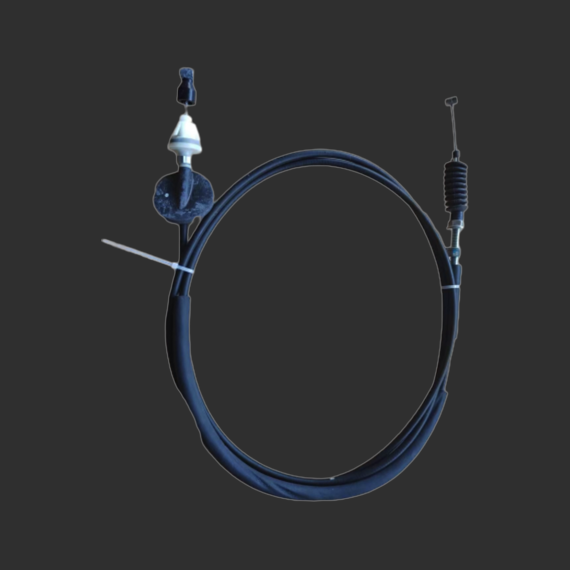High-Quality Clutch Hoses for Optimal Performance
Understanding Clutch Hoses Importance, Functionality, and Maintenance
Clutch hoses play a crucial role in the functionality of a vehicle's clutch system, connecting the master cylinder to the slave cylinder and transmitting hydraulic pressure. This hydraulic system is essential for the smooth operation of manual transmissions, enabling drivers to shift gears effortlessly. In this article, we will explore the importance, functionality, and maintenance of clutch hoses, shedding light on why these components should not be overlooked.
The Importance of Clutch Hoses
The clutch hose serves as a crucial link in the hydraulic system of a vehicle's clutch. When the driver presses the clutch pedal, the master cylinder generates hydraulic pressure. This pressure travels through the clutch hose to the slave cylinder, which then activates the clutch mechanism. A well-functioning clutch hose ensures that this process occurs efficiently and reliably. If the hose is damaged or worn, it can lead to fluid leaks, resulting in a loss of pressure and ultimately making it impossible to engage or disengage the clutch. This can leave a driver stranded or struggling to shift gears, significantly affecting vehicle performance.
Functionality of Clutch Hoses
Clutch hoses are typically made from durable materials, designed to withstand the high pressures and temperatures experienced in a vehicle's engine compartment. The hoses are often reinforced to prevent bursting and are resistant to various automotive fluids. Their primary function is to safely and effectively transmit hydraulic fluid from the master cylinder to the slave cylinder. As the fluid travels through the hose, it may expand or contract slightly, but high-quality materials ensure that the hose maintains its shape and integrity over time.
clutch hose

In modern vehicles, clutch hoses may come with additional features, such as protective sheathing to guard against abrasion and environmental damage. Some hoses are designed with specific bends and angles to fit seamlessly into the vehicle's layout, providing additional reliability and reduced risk of wear.
Maintenance and Care
Regular maintenance of the clutch hose is essential for the longevity and effectiveness of the clutch system. Vehicle owners should inspect the clutch hose periodically for signs of wear, such as cracks, leaks, or bulges. If any damage is detected, it is crucial to replace the hose immediately to prevent further complications.
Additionally, ensuring that the hydraulic fluid is at the appropriate level and is free of contaminants can help maintain the integrity of the clutch hose. Over time, hydraulic fluid can degrade, leading to reduced performance and increased wear on the system. Regular fluid changes, as recommended by the vehicle's manufacturer, can mitigate this risk.
In conclusion, clutch hoses are a vital component of a vehicle's clutch system, playing an essential role in the overall functionality of manual transmissions. By understanding their importance and taking proactive measures for maintenance, vehicle owners can ensure a smooth driving experience and prolong the life of their clutch system. Regular inspections and timely replacements can prevent costly repairs and keep the vehicle performing at its best.
-
Upgrade Your Vehicle with High-Quality Handbrake CablesNewsNov.01,2024
-
Optimize Your Bike's Performance with Quality CablesNewsNov.01,2024
-
Enhance Your Vehicle's Performance with Quality Clutch ComponentsNewsNov.01,2024
-
Elevate Your Vehicle's Performance with Quality Throttle CablesNewsNov.01,2024
-
Elevate Your Vehicle's Performance with Quality CablesNewsNov.01,2024
-
Affordable Solutions for Your Cable NeedsNewsNov.01,2024
